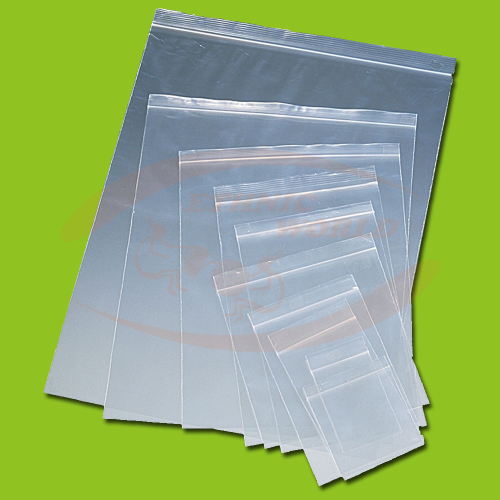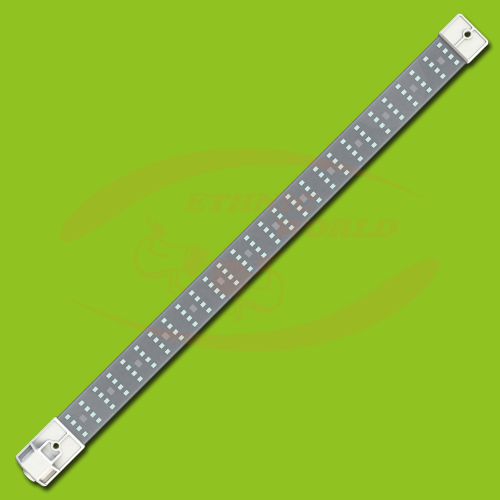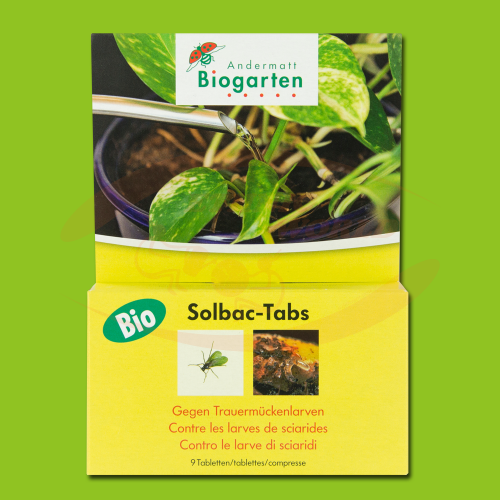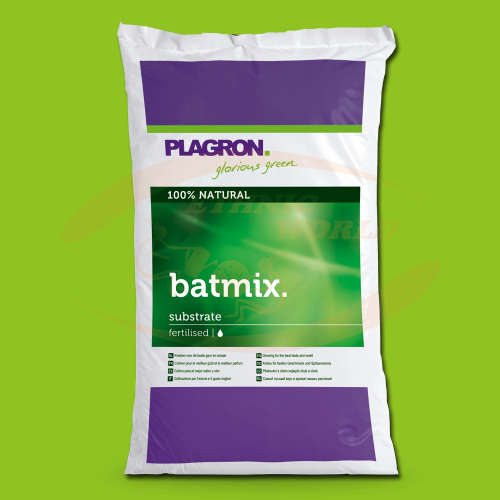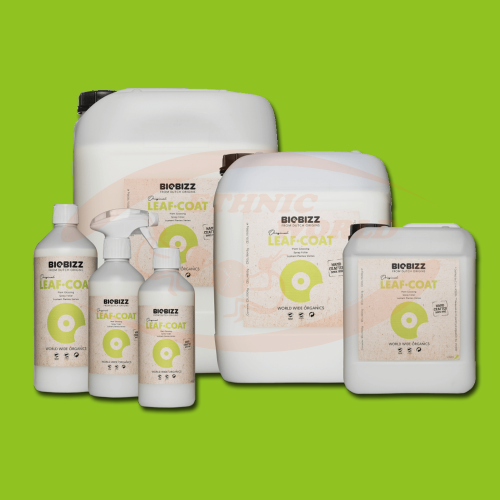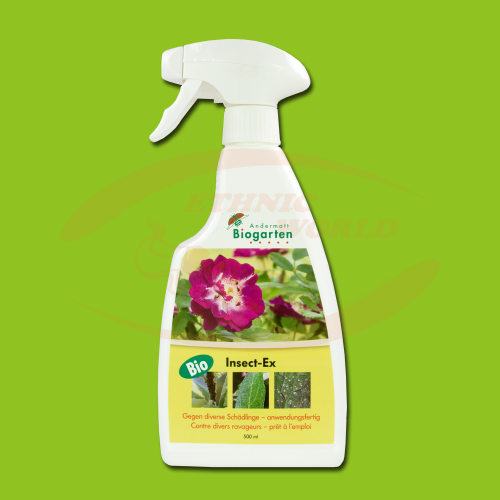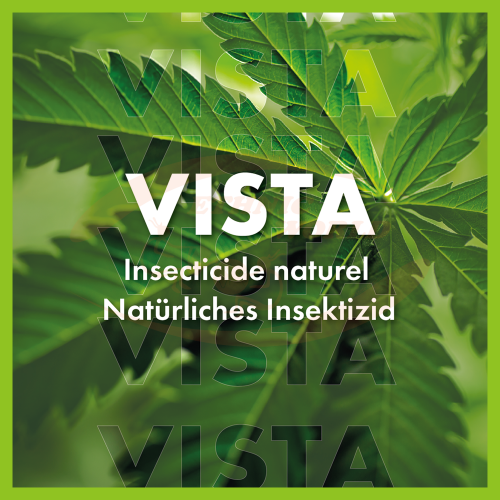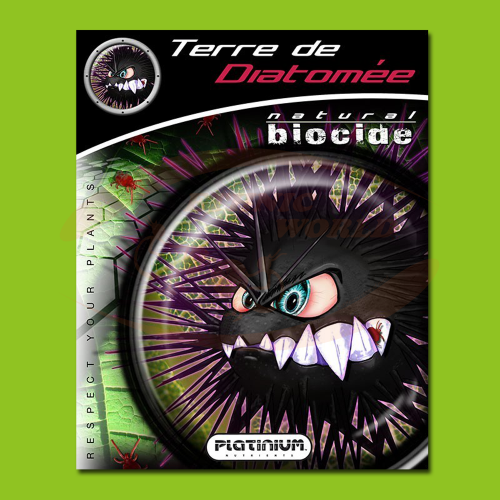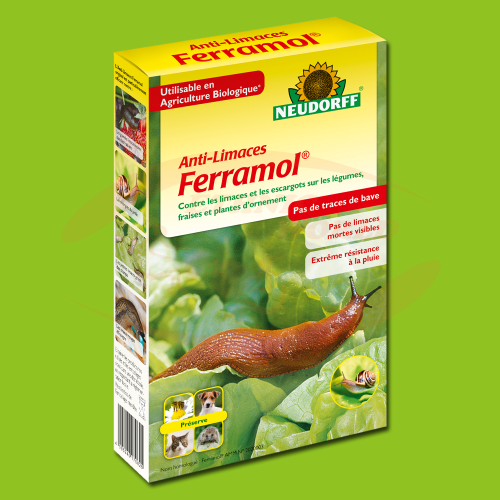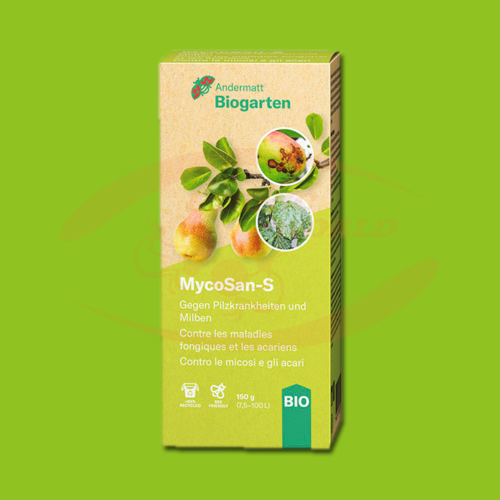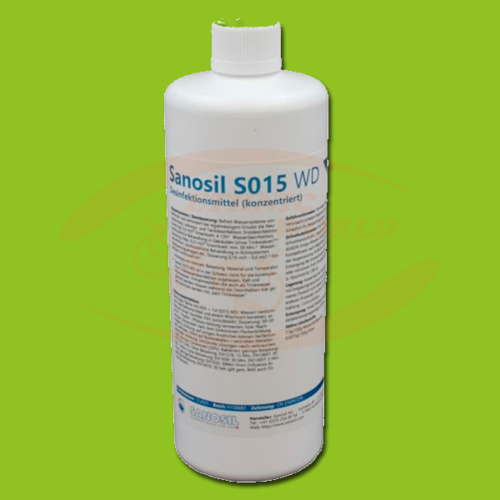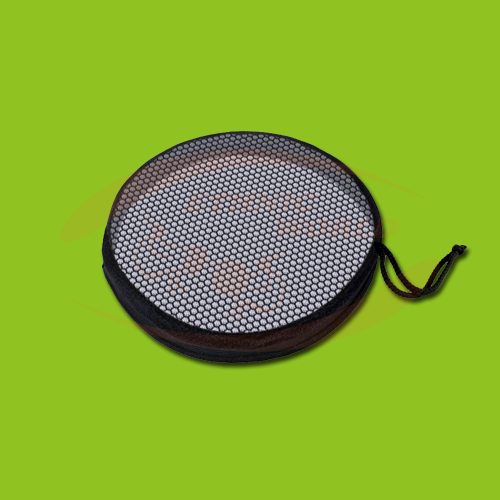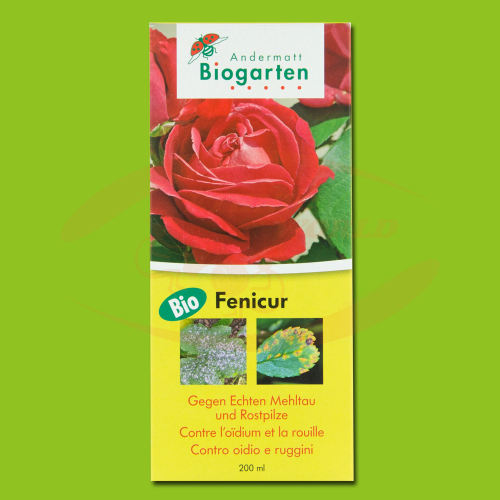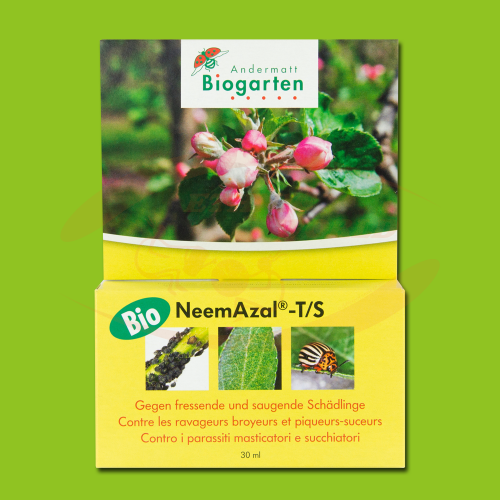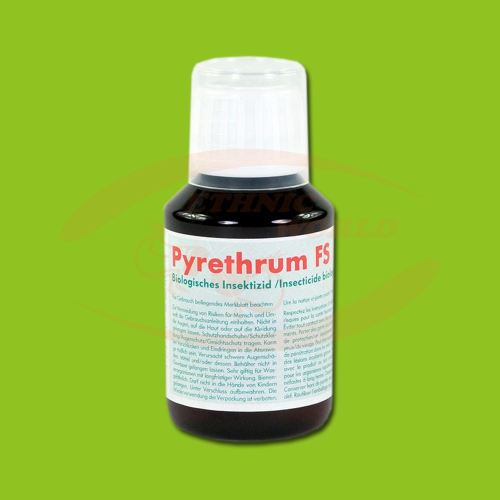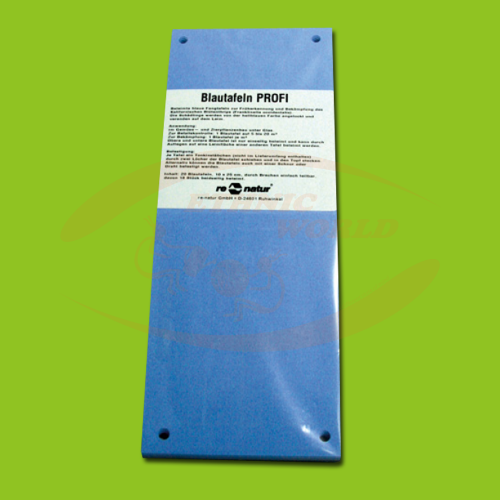Cart 0 (empty)
No products
To be determined Shipping
CHF 0.00 Tax
Total CHF 0.00
Prices are tax included
Product successfully added to your shopping cart
Quantity
Total
There are 0 items in your cart. There is 1 item in your cart.
Total products (tax incl.)
Total shipping (tax incl.) To be determined
Tax CHF 0.00
Total (tax incl.)
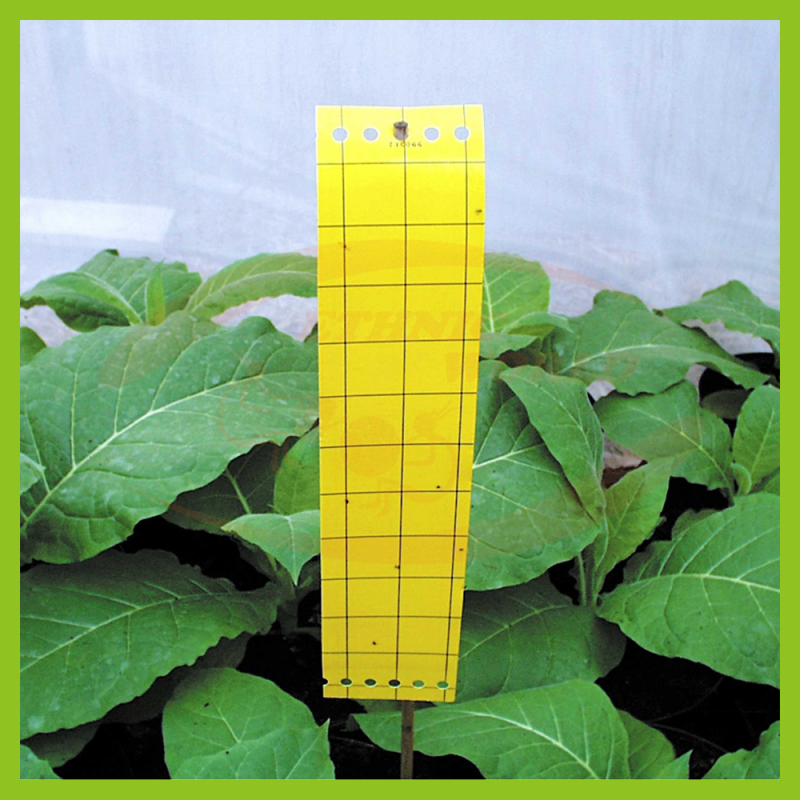 View larger
View larger
Yellow trap 10cm X 25cm
21 Items in stock
Yellow traps for monitoring populations of leaf miners, fungi, whiteflies and leafhoppers.
Yellow Trap (10x25cm)
The yellow sticky traps measuring 10 cm x 25 cm are simple and effective devices for monitoring and controlling various flying pests in indoor crops, greenhouses and gardens. They are particularly attractive to flying insects such as whiteflies, winged aphids, fungus gnats, leafhoppers, and other pests that cause damage to plants. These traps play a vital role in preventing infestations, whilst being safe for crops as they do not use any pesticides.
Product Description:
- Dimensions: 10cm x 25cm, ideal size for optimum coverage whilst remaining easy to install in various locations throughout greenhouses or growing areas.
- Bright Yellow Colour: The yellow colour is specifically chosen as it is highly attractive to flying insects. Many harmful insects are attracted to this color, which they mistake for leaves or flowers, prompting them to approach the trap.
- Adhesive surface: The plate is coated with a powerful, non-toxic glue that keeps the captured insects in place for a long time, even after a mass capture.
How it works:
- Visual Attraction: The bright yellow color attracts flying insects, which perceive this shade as an attractive visual signal.
- Capture: The insects, attracted by the color, land on the sticky surface and are immediately trapped. The powerful glue immobilizes them, preventing their escape.
- Monitoring and Control: By capturing harmful insects, yellow traps allow pest populations to be monitored and their intensity measured. Heavy infestation on traps may indicate the need for additional control measures.
Use and Installation:
- Placement:
- Install traps at or slightly above the canopy of plants, where flying insects most frequently travel.
- Place near entry areas, ventilation vents, corners of the greenhouse, or areas particularly susceptible to infestation.
- Suspend traps with wire or attach directly to plant stakes for stability.
- Recommended Density:
- Monitoring: In greenhouses, use one trap every 5 to 10 m².
- Active Control: In case of confirmed infestation, increase the density to 1 trap every 2 to 3 m² to quickly reduce the pest population.
- Replacement:
- Replace traps when they are saturated or the adhesive surface loses its effectiveness, generally every 3 to 4 weeks, depending on the intensity of the infestation.
Pest Prevention and Control:
- Early Monitoring:
- Yellow traps serve as an early detection tool. By capturing the first flying individuals, they can identify the beginnings of an infestation before it becomes visible on the plants.
- They help to spot harmful insects before they lay their eggs on the leaves, which limits the spread to the next generation.
- Population reduction:
- By attracting and capturing flying adults, yellow traps reduce reproduction and slow the growth of pest populations.
- This is particularly effective against whiteflies and winged aphids, as captured females will no longer be able to lay eggs, thus interrupting the life cycle.
- Use in integrated pest management:
- Yellow traps are often used in addition to other biological control methods (introduction of natural predators such as ladybugs or parasitoid wasps) or insecticide treatments, in order to optimize the results.
- They allow to check the effectiveness of the treatments applied and to decide the appropriate time for a new intervention.
- Management of insect flows:
- By installing traps at strategic points (doors, windows, ventilation systems), we limit the entry of new pests into the cultivation area.

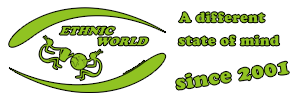

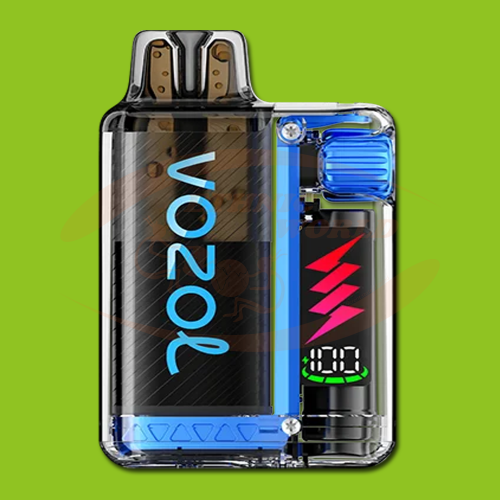



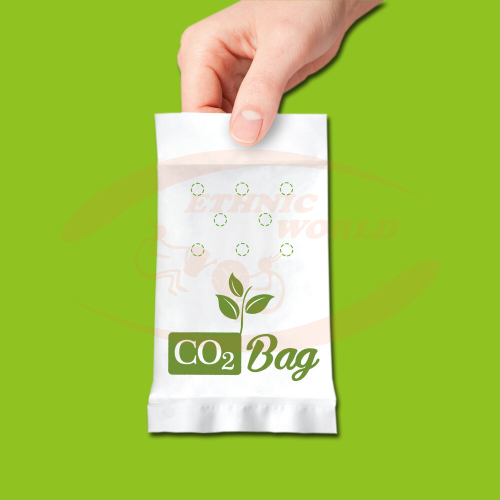

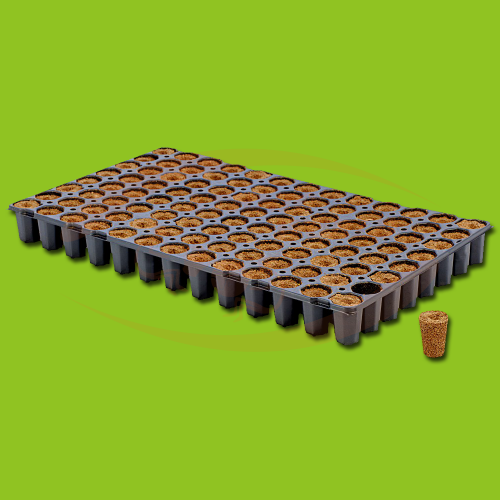
![End Plug [PE]](https://ethnic.ch/1648-home_default/end-plug-pe-.jpg)
